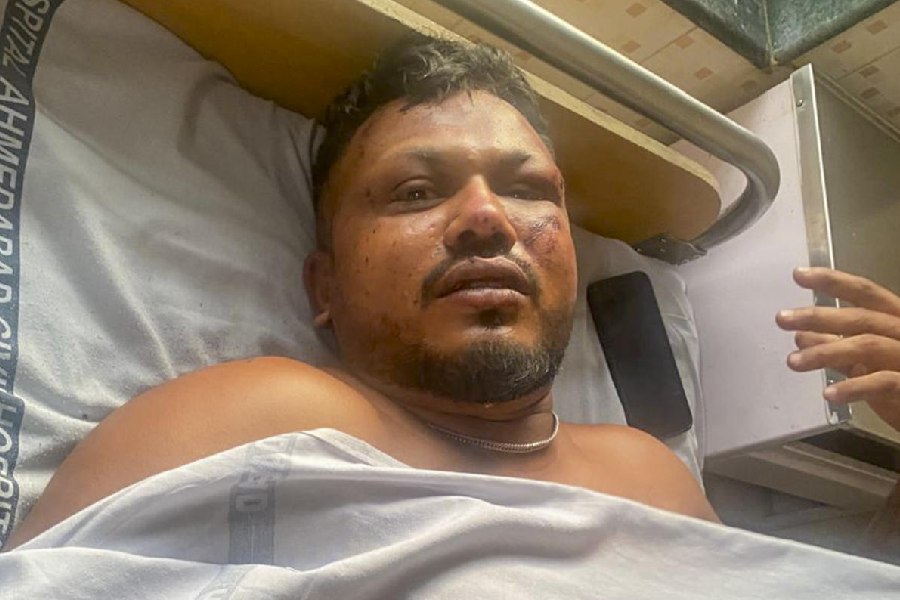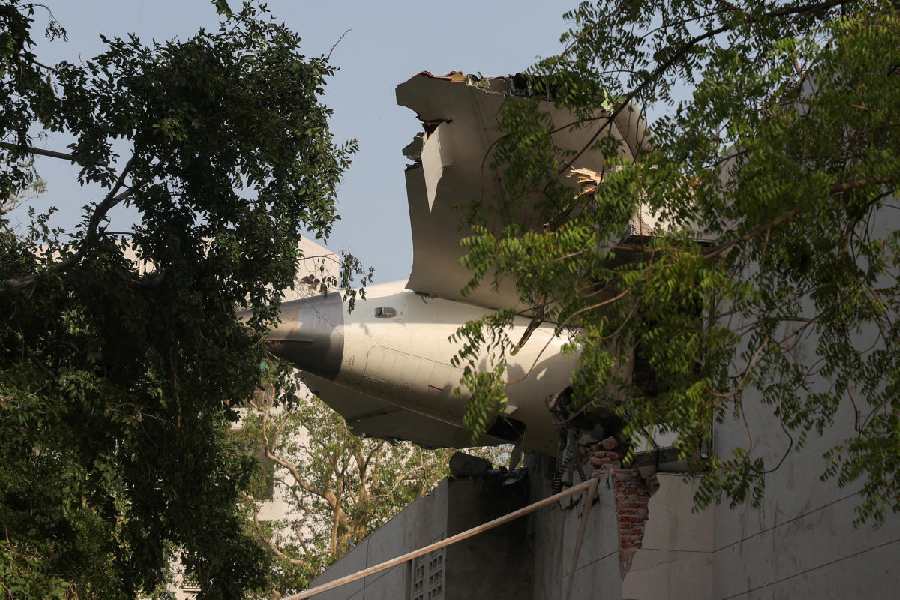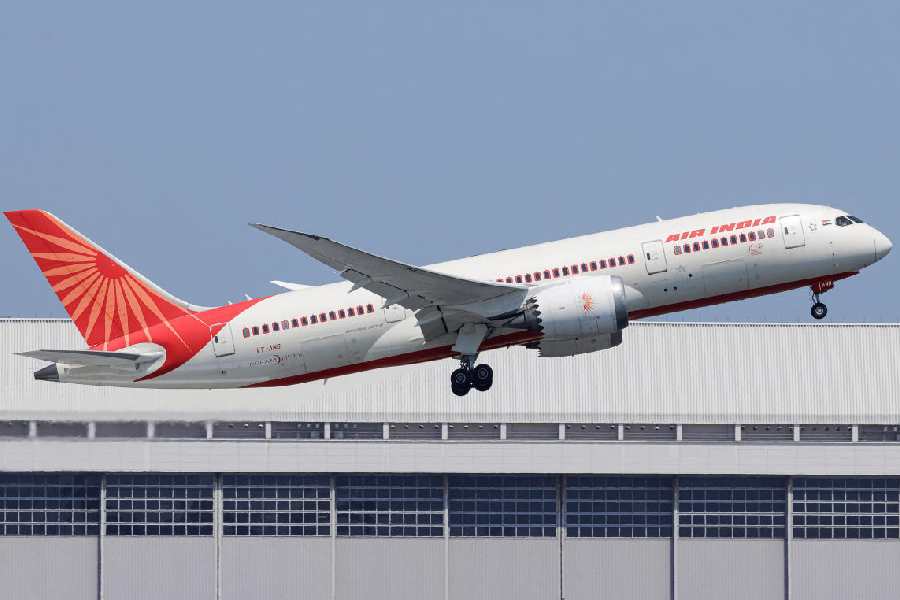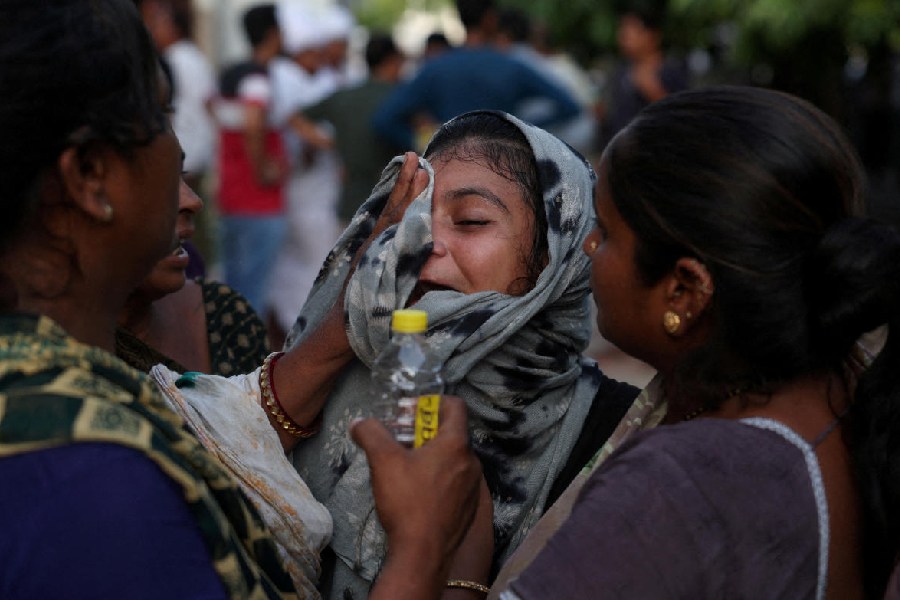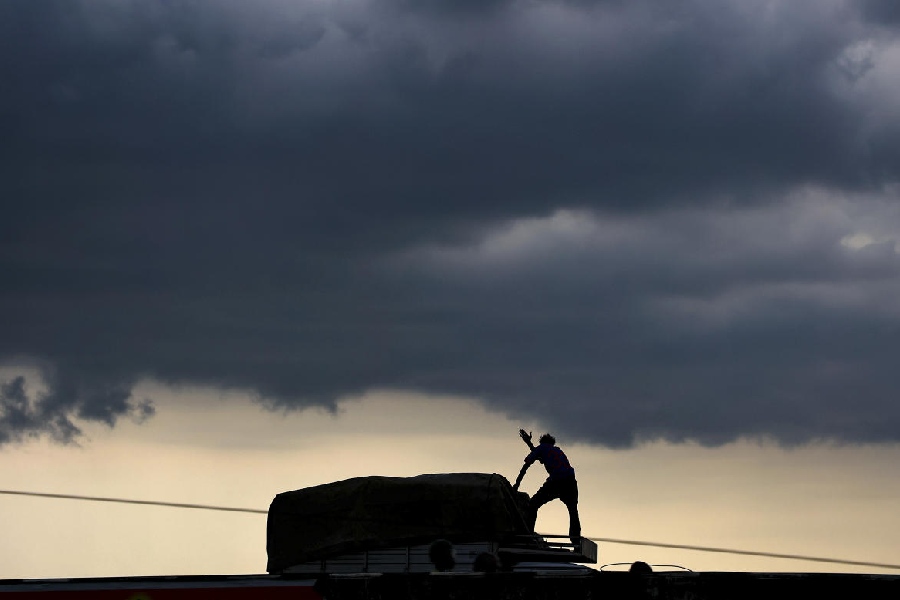 |
A village “chowpal (congregation)” at Baluahi. A Brahmin, Nauratan Pandey, who appears to be a supporter of Narendra Modi is heard exhorting his Rajput fellow villagers: “If you vote for RJD it will amount to squandering your vote. The Yadavs are voting for the BSP candidate, Dadan Yadav Pahalwan, and Brahmins are voting for the BJP.”
Pandey argues that with the Yadavs deserting RJD candidate Jagdanand Singh, a Rajput, in favour of a fellow Yadav nominee, Jagdanand hardly stands a chance. “So, you (Rajputs) should vote for the BJP to prevent a BSP Yadav from winning and ensuring the victory of Ashwini Kumar Choubey,” he says.
Pradyuman Singh, an elderly Rajput at the “chowpal”, senses his Brahmin co-villager’s “guile” and rises to counter him. “If the Brahmins are voting for the Brahmin Ashwini Choubey and Yadavs for a Yadav, Dadan Pahalwan, why should we, the Rajputs, not vote for a Rajput, Jagdanand?” he asks.
Pandey’s “game” is up as the chowpal members break out into a collective laughter. “Pandit ji, Rajput — Yadav bhi ab chalak ho gaye hain (Pandit ji — Brahmins are usually referred as Pandit ji in Bihar hinterlands — Rajputs and Yadavs too have become wise now),” says one of them.
If anything, the discourse at the chowpal at Baluahi — seven kilometres south from Dinara, an Assembly segment in the Buxar Lok Sabha constituency, 160km west of Patna — indicates that the electorate is weighing the candidates on the scale of caste more than the tom-tommed wave for Narendra Modi.
“Traditionally, Buxar has been a Brahmin-Rajput dominated seat, voting on caste lines for decades. Rajputs gained a bit of added strength when two Rajput-dominated Assembly segments — Dinara and Ramgarh — got added to the Buxar Lok Sabha constituency in the 2009 delimitation exercise. “Though there is talk of a ‘Modi wave’, voting would primarily take place along caste lines in Buxar,” explains Sivesh Kumar Singh (27) in neighbouring Dumraon.
The seat of Buxar — neighbouring Varanasi in Uttar Pradesh from where Modi is contesting — drew added attention when the BJP denied a ticket to its four-time MP and party veteran Lal Muni Choubey. Lal Muni initially rebelled but later fell in line following a request from Modi himself.
But its the polls on Thursday that will eventually settle if the people have swallowed the “humiliation” meted out to Lal Muni — a son of the soil — or avenge it by insulting Ashwini, a rank outsider to Buxar who hails from far away Bhagalpur and is hardly known for any worthwhile contribution to the central Bihar’s seat.
Reputation wise, Jagdanand stands far taller than his prime opponents — Ashwini (BJP) and Shyamlal Singh Kushwaha (JD-U). Jagda babu, as he is known, had wrested the seat from Lal Muni in 2009 when a realistic wave was blowing in favour of the Nitish Kumar-led NDA in Bihar. Jagdanand was one of only four MPs that Lalu Prasad’s RJD got against the NDA’s 32 out of the 40 in the state.
Jagdanand , who has won all the elections he has contested — Assembly or Lok Sabha — ever since 1985 was known as “Bijuria baba (the man who gave electricity)” in his Kaimur region. Thanks to Jagdanand’s grip on the electricity officials in his region, Kaimur got supply of almost 18 hours of power per day when the rest of Bihar was reeling from the “lantern age” of the Lalu-Rabri Devi era.
The electorate, cutting across caste lines, admitted that the contributions of Jagdanand — known for his die-hard honest and clean image — to the electrification, school and health centres in Ramgarh — the Assembly segment of Buxar that he represented from 1985 to 2009 — and Buxar that he won in 2009.
Even as talks of a “wave” are doing the rounds, Buxar appears to be set for a triangular contest, primarily among three candidates: Jagdanand, Ashwini and Shyamlal Kushwaha. Ashwini’s only strength is that he belongs to the dominant Brahmin caste and is trying to encash in on the wind said to be blowing in Modi’s favour across this part of the land.
Shyamlal, a former minister in the Lalu-Rabri government, is banking on the votes of his Koiri caste besides the extremely backward castes (EBCs) and Mahadalits, besides the Nitish government’s performance in terms of roads, schools, health centres, bridges and other infrastructure in the region.
The constituency — also known as the rice bowl of Bihar for the high yield of paddy and rich with the Sonal canal system irrigating its vast swathe of farmlands — is divided into six Assembly segments: Brahampur, Buxar, Dumraon, Rajpur (SC), Ramgarh and Dinara. The seat neighbouring the holy city of Varanasi is also famous for its religiosity with the Ram Janki and Nawlakha temples on the banks of the river Ganga crossing through Buxar and attracting devotees from far and wide.
Buxar votes today


